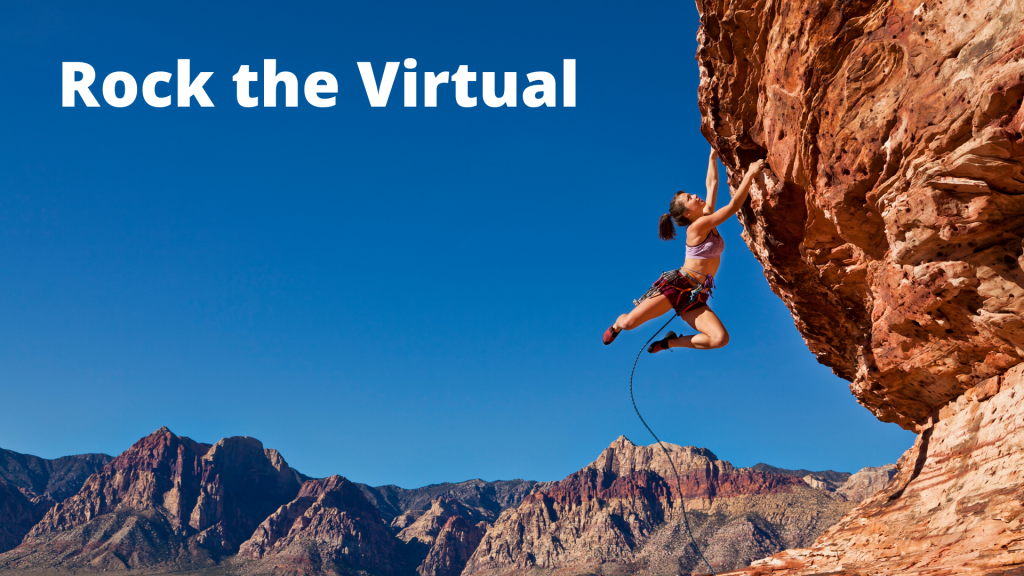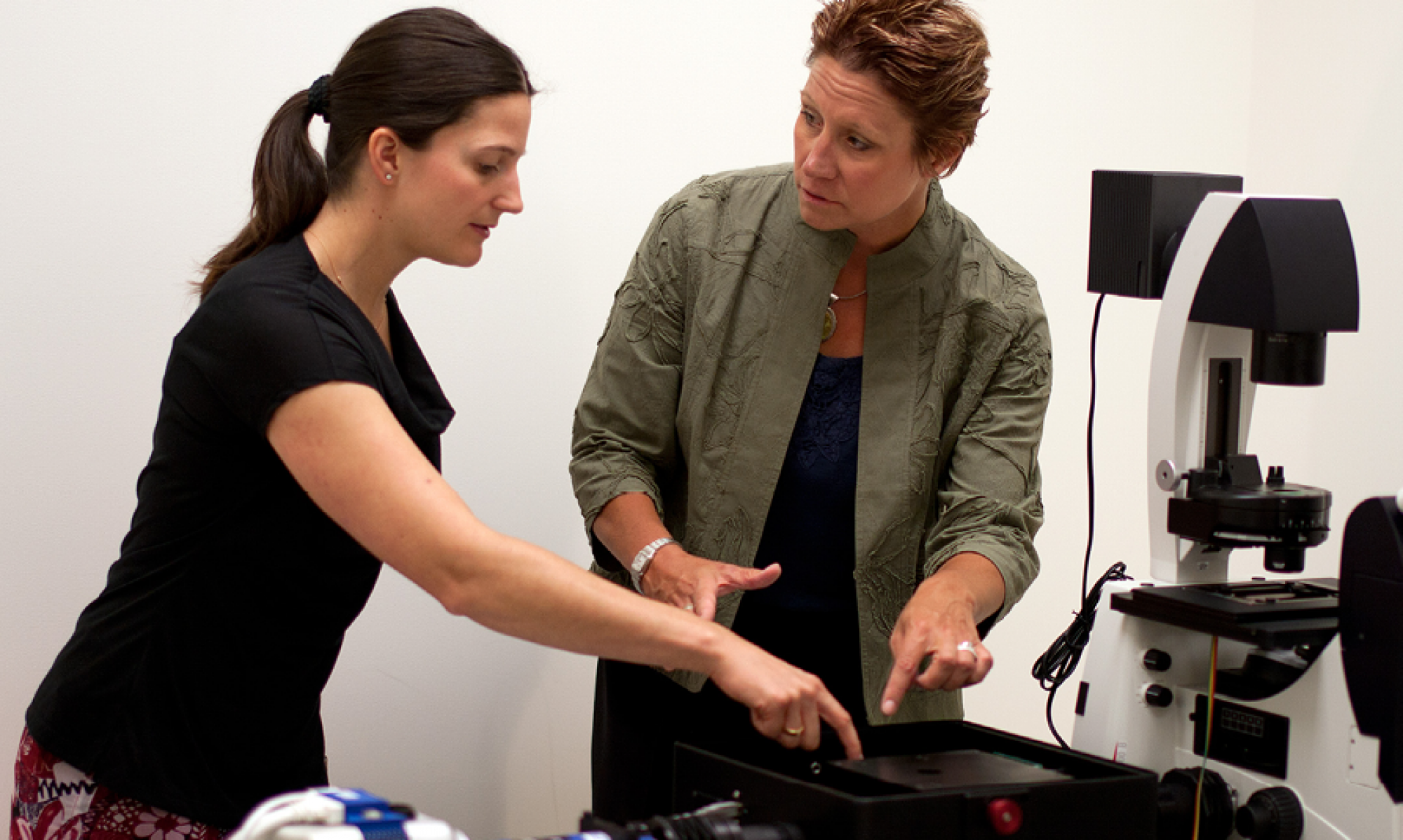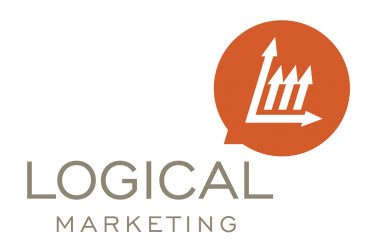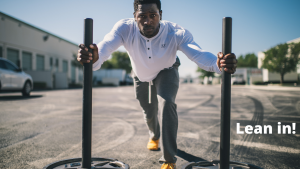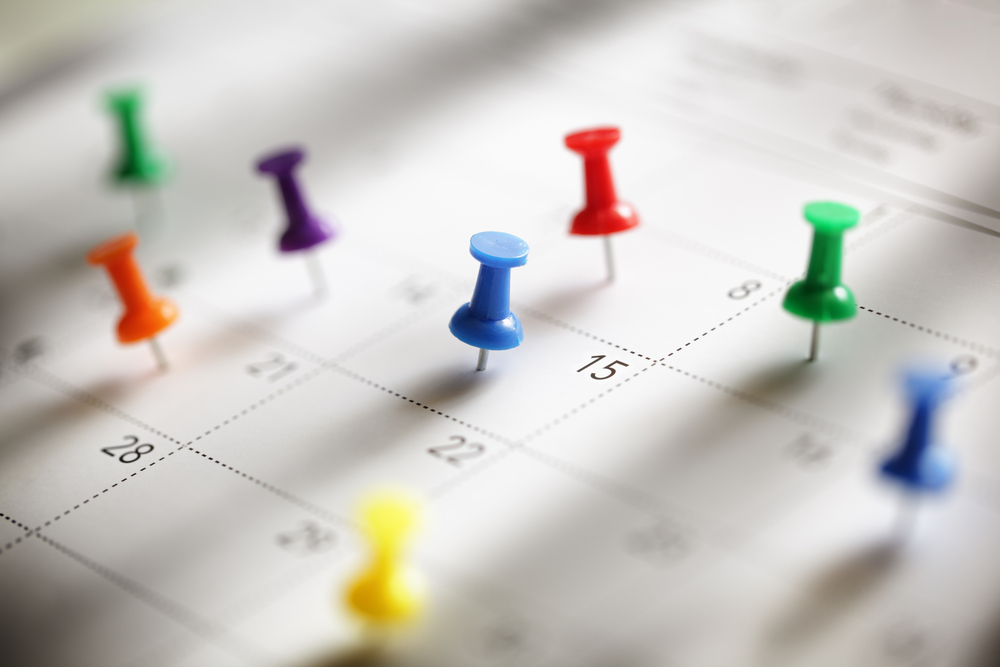Are you getting the most out of Virtual Work that you can?
When I first started thinking about this I wanted to talk about virtual tradeshows and conferences. As I played with the words, I started thinking of the benefits and also the challenges we are having with virtual meetings, virtual workshops, and virtual meetups. Let’s face it, on the other side of COVID-19, life will be different and what was normal business will no longer exist. We will have innovated new processes; we will have limitations on what we used to do or how we used to do it; we will have discovered new vendors, partners, competitors, etc.
Let’s start with the challenges so we can end on a high note.
Challenges
Virtual takes preparation
Preparation is required for meetings, virtual or not. Pretending or ignoring that it does not, means the meeting starts late, it is not as effective, and is frustrating for attendees.
In an in-person meeting, there is/was preparation too: grab a drink, paper, maybe run to the restroom, bring data… if you traveled there was the booking of the flight, packing for the flight, taking the flight, maybe finding a hotel. There was a LOT of preparation for travel-in-person meetings.
For virtual, we have bandwidth challenges, the router is in a noisy room but the quiet room has almost no signal, someone refuses to use a headset and sounds like a Wookie. Where we used to scribble on a piece of paper, now we have to find the electronic equivalent of that.
As the Navy says: Fail to Plan, Plan to Fail.
Plan, prepare, and anticipate. I could go on. Spend the time now to make meetings better and your post-COVID in-person meetings will be better too.

Virtual takes longer
It seems that virtual takes longer. I read that learning virtually seems to take longer for all those students and teachers trying to figure out online.
Or maybe, we are still trying to figure out the online analogs of what we used to do when we were 12 inches apart. We struggle with the bandwidth, the headset, and the online tools.
Regardless, it is prudent to plan for more time to accomplish your meeting goals.
There is a saying in Toastmasters: Squeeze the content in; Squeeze the listener out. I am working on a virtual workshop with a friend. In our first online session, we tried to squeeze too much in and had to cut content out on the fly. In our second online session, we did a much better job of pacing and hit our goals of topics covered.
Life interrupts
The tenuous separation between home life and work life, which we pretend are separated when we go in to the office, gets strained. Our colleagues are now trying to balance being parents, teachers, and workers in the same small space and sometimes at the same time. Perhaps our colleagues’ partners are now unemployed and the wolf is now knocking loudly at the door.
We are all being asked to go with the flow. Lead by using the flow.
Participation is sketch in the virtual
In-person you can see people on their phones instead of participating in the meeting; you can look them in the eye.
Those same people now are the ones who are doing something else, not watching the presentation; they leave their cameras off, or worse they act as voyeurs in your meeting, maybe not even announcing themselves.
If you are the one “dialing-it-in”, let’s be real. You are not fooling anyone. Figure out how you can contribute and be in the meeting. This is the time that bosses are going to pay attention to who is part of the solution and who is part of the precipitate. Don’t be the sludge at the bottom…
If you are leading the meeting, it is time to lead. Figure out why you have dis-engaged team members. You need everyone you have in times like these. Figuring out how to lead remotely will be noticed. In a good way.

Rocking the Virtual
This is a great opportunity for many of us, if we can find and capitalize on the silver linings:
- No travel — more time. 2 days of travel for a handful of meetings, can now be spent planning and holding better meetings.
- Set meeting goals
- Plan how to meet goals
- What is the best way to achieve the goals
- Are there materials which could be assembled in advance to allow all attendees to prepare?
- Everyone is virtual. Maybe you can actually include MORE people in your meeting.
- More international attendance
- Asynchronous attendance (video/record it for later)
- No commute — more time. You can invest the new found time
- Attend an online class
- Complete organizational tasks
- Upgrade or update your website
- Discover new tools
- Read a book
- Chill. Gain perspective. Restore yourself.
- Virtual = technology.
- Discover online collaboration tools. I’m using google docs more with teams as it allows them to be in the same document at the same time.
- Discover online engagement tools. I’ll be trying out a polling app in powerpoint this week which could be a lot of fun. (edited after the call: it could be fun if your audience is super tech-savvy. We had some technical issues with the less tech-savvy.)
- Leverage communication tools to tell your story. Governors across the country learned to use Powerpoint to tell their story:
- The star of the pressers: PowerPoint
- Visualization of the message
- Keep humanity & humor
